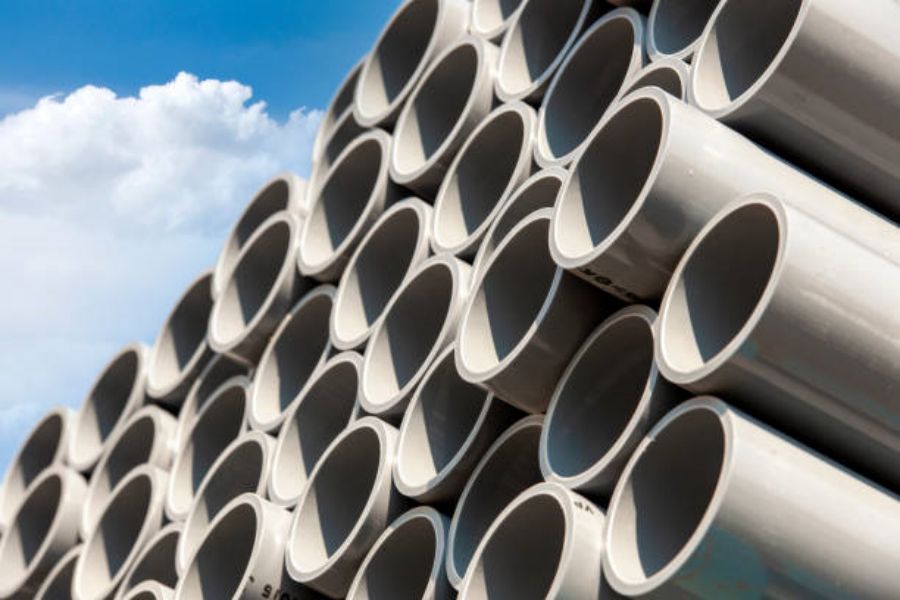Introduction
Plastic drain pipes and fittings are essential components of any plumbing system. They play a crucial role in carrying wastewater away from our homes and buildings, ensuring proper drainage and preventing water damage. In this article, we will explore the different aspects of plastic drain pipes and fittings, including their types, benefits, installation process, and maintenance requirements.
Types of Plastic Drain Pipes
There are various types of plastic drain pipes available in the market, each with its unique characteristics and applications. Some commonly used types include PVC (Polyvinyl Chloride), ABS (Acrylonitrile Butadiene Styrene), and HDPE (High-Density Polyethylene).
The Benefits of Plastic Drain Pipes and Fittings
Plastic drain pipes and fittings offer several advantages over traditional materials like metal. Firstly, they are highly resistant to corrosion, ensuring durability and longevity. Additionally, plastic pipes are lightweight, making them easier to handle and install. They also have smooth interior surfaces, minimizing the chances of clogs and facilitating better flow. Moreover, plastic pipes are affordable and readily available, making them a cost-effective choice for both residential and commercial plumbing systems.
Installation Process
Installing plastic drain pipes and fittings requires careful planning and adherence to plumbing codes. The process typically involves measuring and cutting the pipes to the desired lengths, followed by solvent welding or using compression fittings to join the sections securely. It is crucial to ensure proper slope and alignment for efficient drainage. Hiring a professional plumber is recommended to ensure the installation is done correctly and meets all necessary requirements.
Maintenance of Plastic Drain Pipes and Fittings
Maintaining plastic drain pipes and fittings is relatively simple. Regular inspections should be conducted to check for any signs of leaks, cracks, or blockages. If any issues are detected, they should be promptly addressed to prevent further damage. It is essential to avoid pouring harsh chemicals or hot liquids down the drains, as these can weaken the pipes over time. Routine cleaning using mild, non-abrasive cleaners is recommended to keep the pipes free from debris and buildup.
Applications of Plastic Drain Pipes and Fittings
Plastic drain pipes and fittings find applications in various settings, such as residential, commercial, and industrial. They are commonly used in plumbing systems for houses, apartments, offices, hospitals, schools, and restaurants. Plastic drain pipes are also extensively utilized in agricultural and irrigation systems, as well as in the construction industry for underground drainage systems.
Advancements in Plastic Drain Pipe Technology
The field of plastic drain pipes and fittings has witnessed significant advancements in recent years. Manufacturers are constantly innovating to improve the strength, flexibility, and overall performance of plastic pipes. Newer technologies, such as multi-layered pipes and UV-resistant materials, have been introduced to enhance durability and extend the lifespan of the pipes. These advancements ensure that plastic drain pipes and fittings continue to meet the evolving needs of modern plumbing systems.
Environmental Impact and Sustainability
Plastic drain pipes and fittings, especially those made from recyclable materials, contribute to environmental sustainability. Recycling plastic pipes helps conserve natural resources and reduce waste. Additionally, the longevity and resistance to corrosion of plastic pipes minimize the need for frequent replacements, further reducing the environmental impact. As the demand for eco-friendly solutions grows, manufacturers are increasingly producing plastic drain pipes and fittings with recycled content, making them an environmentally responsible choice.
Common Issues and Troubleshooting
While plastic drain pipes and fittings are generally reliable, certain issues may arise over time. Common problems include leaks, clogs, and improper installation. Leaks can be addressed by tightening connections or replacing damaged sections. Clogs can often be cleared using a plunger or drain snake, but persistent blockages may require professional assistance. In case of improper installation, it is essential to consult a licensed plumber to rectify any structural or alignment issues.
Conclusion
Plastic drain pipes and fittings are vital components of efficient plumbing systems. Their durability, affordability, and ease of installation make them a preferred choice for various applications. By understanding the different types, benefits, installation process, and maintenance requirements of plastic drain pipes and fittings, individuals can make informed decisions when it comes to their plumbing needs.

